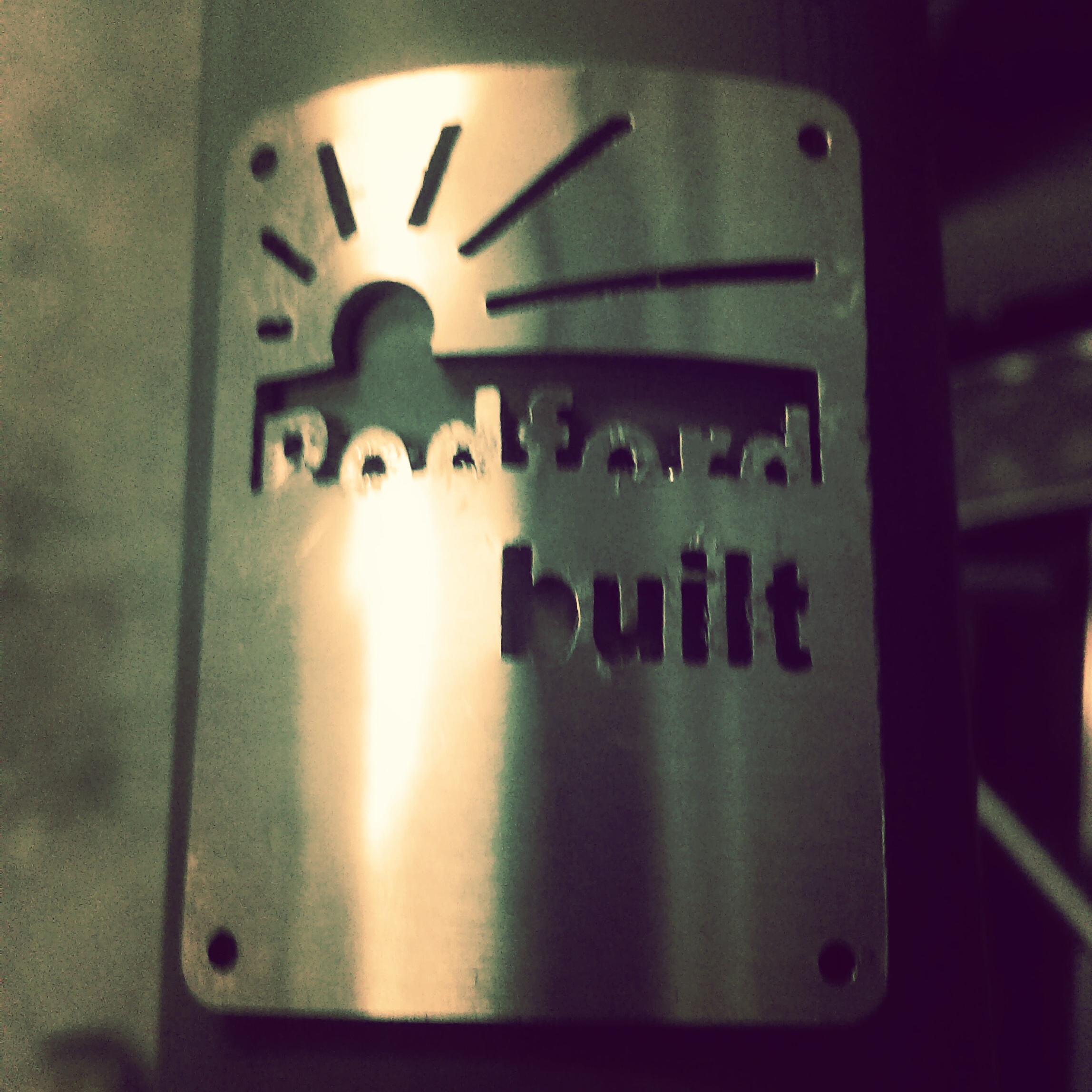Bicycle brake systems can be disc, drum, roller or rim. There are hydraulic and cable versions too.
Rodford bikes are often fitted with drum brakes and people have questioned their suitability.
Here we set out to describe the benefits and drawbacks of some of the available systems and the considerations you should make when choosing brakes.
Rim brakes
Rim brakes are the simplest and oldest brake system. The components are lightweight and because they work on the wheel rim there is little stress in the fork or in the spokes.
The downside is that they wear the rim particularly in off road applications and their effectiveness is affected by changing weather conditions.
However their simplicity makes them good for long distance touring in remote places and their light weight makes them a favourite on racing bikes. They are easy to inspect, easy to adjust and easy to get parts for.
Disc brakes are the most modern system available.
Discs are very powerful and because they are located near the wheel hub they are less affected by mud and road debris and negate rim wear concerns entirely. Styling wise disc brakes are the most sporty and they allow a painted rim to be used on the wheel. Discs give a reassuringly firm braking effect in most conditions although initial braking effort can still be affected by heavy rain.
One downside of their power is that a stronger fork and wheel assembly is needed to cope with the loads. This produces a weight penalty for the bike but it also makes discs particularly suited to fast, off-road, downhill riding where weight doesn't matter and is overshadowed by the need for effective braking.
Another known downside is the torque reaction against the front wheel axle. The location of the caliper behind the fork leg means it produces a torque reaction which tends to pull the axle out of its drop out; this risk is increased with quick release wheels. The solution is lawyer lips on the drop outs or a non-vertical drop out slot, plus a bolted on wheel to reduce the likelihood of the wheel coming out.
Disc Brake torque reaction. Note how caliper becomes the fulcrum for the axle movement.
Disc brakes are a nice system for a fast cyclo-cross bike and essential on a modern downhill mountain bike.
Drum brakes.
Drum brakes have the lowest maintenance of all the systems.
They are not as simple as caliper brakes but they are unaffected by weather conditions and are very long lived between service intervals.
Drums also don't have the axle lifting issue of discs systems, but still give the benefit of zero rim wear.
The drums ability to dissipate heat is its limitation and a long mountain decent may produce brake fade, but for city riding and commuting they are ideal.
We've had a 70mm Sturmey-Archer dynamo hub brake on long term test nearly 10 years. In that time the bike has covered 10,000 miles with almost no maintenance. The only issue was a squeaking caused by brake dust in the drum. The drum was removed and wiped clean to return it to good working order. Drum brakes rarely need adjustment and wear of the friction surface is the lowest of all the systems available.
Drum brakes work well in the cities and towns, on the daily commute, and they provide a low maintenance solution for transport bikes.
Our 10,000 mile SA Dyno Hub.



